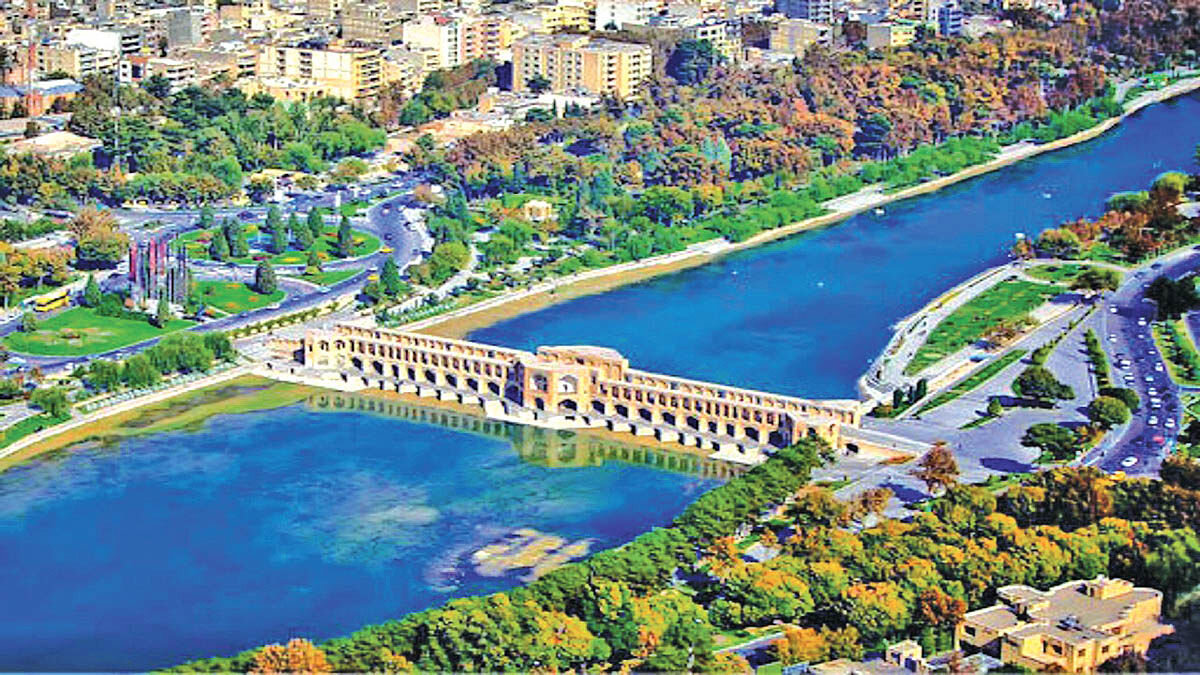Human settlements established in Isfahan 5,000 years ago, study finds

TEHRAN – A new study suggests some human settlements were established some 5,000 years ago near Isfahan’s Zayandehrood, the largest river of the Iranian Plateau in central Iran.
Archaeological studies conducted on an area extending from the Zayandehrood basin in the east of Isfahan and the Gavkhuni wetland indicate traces of human settlements and a flourishing culture in this part of the Iranian plateau since about five thousand years ago, IRNA quoted an Iranian archaeologist as saying on Sunday.
“Human settlements established in this region for thousands of years and have left behind a flourishing culture that seems to have progressed to the stage of civilization and urbanization… In our excavations, evidence of the establishment of human societies from the third millennium BC, i.e. the Old Bronze Age, was obtained,” Yaser Jebraili told the news agency on Sunday.
Moreover, the archaeologist noted evidence concerning the Parthian and Sassanid eras have been discovered around Zayandehrood and in eastern parts of Isfahan.
“Also, the obtained evidence shows that the lower reaches of the Zayandehrood in the east of Isfahan were of great interest during the Islamic period, especially the Ilkhanid and Timurid epochs.”
In this study, the “Carbon-14 test” was used for accurate dating of the obtained evidence and remains, he said.
“The excavations and researches carried out so far show that human societies were established in the lower reaches of Zayandehrood in the Bronze Age.”
Moreover, there is a piece of weak evidence that suggests the possibility of the establishment of human societies before the Bronze Age, Jebraili said.
In another excavation conducted on the ancient city in 2020, the ruins of two workshops, estimated to date from the Parthian era (247 BC – 224 CE), were deemed by many to push back Isfahan’s history by millennia. Excavations at Tepe Ashraf initially began in 2010 when archaeologists stumbled upon a reconstructed part in the ruins of the castle, which suggested that the structure had been used during the Buyid dynasty.
Isfahan was once a crossroads of international trade and diplomacy in Iran during the 16th and 17th centuries, and now it is one of Iran’s top tourist destinations for good reasons.
The ancient city is filled with architectural wonders such as unmatched Islamic buildings, bazaars, museums, Persian gardens, and tree-lined boulevards. It's a city for walking, getting lost in its mazing bazaars, dozing in beautiful gardens, and meeting people. It has long been nicknamed as Nesf-e-Jahan, which is translated into “half of the world”, suggesting that seeing it is equivalent to seeing half of the world.
AFM
Leave a Comment